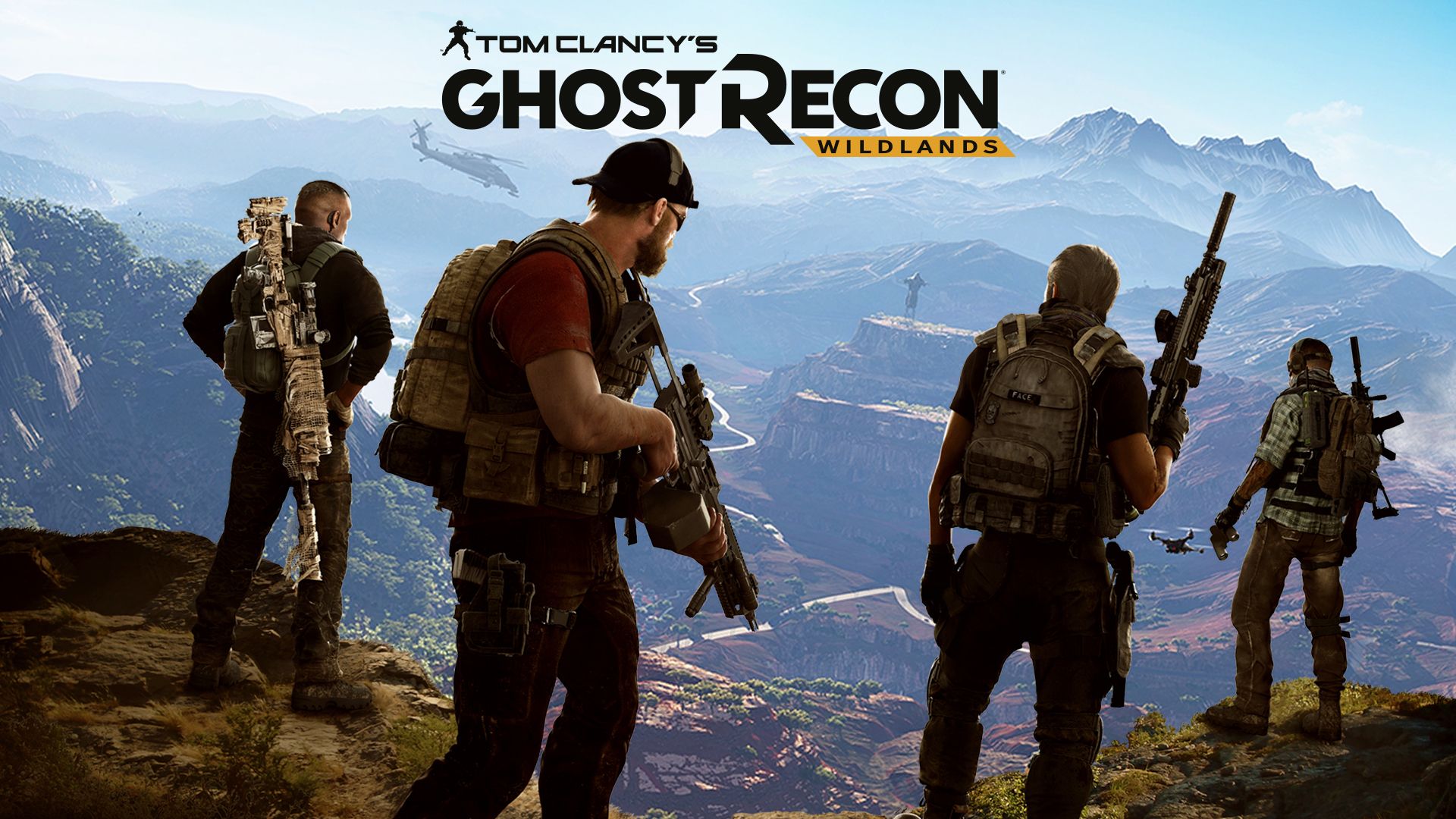During an interview the the official Ubisoft Blog, Benoit Martinez, Lead Artist and Technical Art Director at Ubisoft Paris, delved into the process of creating a reactive world with "world logic" in Tom Clancy's Ghost Recon Wildlands.
The first thing he discussed was why they chose Boliva as the game's main location:
"We decided from the very beginning that Bolivia would be the location for the game because it was a good match for a Tom Clancy game. We know where it is, but not everyone’s been there. It gives a lot of opportunities for us to create a landscape that lets players discover this country and this culture.”
Martinez then discussed the development team's trip to Bolivia for research:
"The biggest challenge was to define our world. We went to Bolivia for a couple of weeks, and dispatched the team between the north, south, east, and west regions of the country. We were everywhere, from the Altiplano to the death road, jungle, islands, and everything in between. It was so important for us to learn about [this country]. We came back with something like 15,000 pictures and 10 hours or more of video. It took us more time to sort out all the references from Bolivia than to take the actual pictures.”
Next it was discussed how the developers created the game's "world logic", which is what they call the behind-the-scenes balancing act which ensures all aspects of the virtual Bolivia and its inhabitants behave as they should, and what development tools they used to achieve that.
"World logic and consistency were very important in defining the biomes, in defining the provinces, in defining the city, and defining the NPCs themselves. If we have a village somewhere, we need to make sure the agriculture is consistent with the landscape. We had to make sure there’s always a purpose for an NPC to leave somewhere, to do a specific activity, or to go to work."
The Lead Technical Art Director then delved into the tool the used to achieve this "world logic".
"We have hundreds of specific tools that let us do everything from populating rocks, building villages, scattering objects to pushing the electric lines. We’ve created a lot of tools to be able to push content and keep control [over the environment].We’ve created a lot of tools to be able to push content and keep control [over the environment]. But because of our tools, we can iterate even more. If we did it the traditional way, with less tools and more work, we would maybe create a forest once, and then treat it twice because it would take too much time [to do it more than that]. Now, there are some places in our world where we’ve been able to define the terrain as much as we want.”
Benoit Martinez ended the interview by discussing the team's main goal when building Tom Clancy's Ghost Recon Wildlands' world.
"[Our goal] for building this world was to not only focus on the fact that it was a Ghost Recon game where you infiltrate camps and shoot bad guys. It was about creating a world and giving it to the people designing the missions, designing the story, and giving them an opportunity.”
Tom Clancy's Ghost Recon Wildlands is releasing on PC, PS4, and Xbox One March 7.

